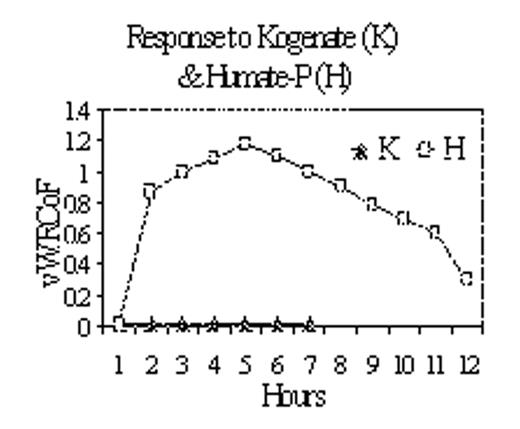Abstract
Type III vWD is a rare disorder characterized by absent or <0.01u/ml of ristocetin cofactor (vW:RCoF), and a Factor (F) VIII:C of 0.03–0.10 u/ml. A total absence of FVIII:C has never been reported in type III vWD. We wish to report one such case where there was no measurable level of FVIII:C in a child leading to an initial diagnosis of severe haemophilia A. This patient presented at birth with post circumcision bleeding that was controlled with local measures. A packed RBC transfusion of 12 ml/kg body weight was given to correct acute blood loss. Coagulation studies performed before red cell transfusion revealed a FVIII:C of <0.01u/ml leading to diagnosis of severe haemophilia A. Patient required no further treatment to control bleeding. At 14 months of age the patient presented with an intracranial hemorrhage (ICH). rAHF (KogenateFS®) in doses of 50 to 400 u/kg resulted in poor recovery, half-life of 88 minutes and an in vivo survival of less than 4 hours. There was no FVIII:C inhibitor but vWF:RCoF, vWF:Ag and vWF multimers were totally absent. vWF concentrate (Humate-P®) in doses of 50–100/u/kg as vW:RCoF resulted in good clinical response, appropriate in vivo recovery and survival as shown in graphs below. This patient has made an excellent recovery and is fully functional 8 weeks after the ICH. Further enquiry into the family history revealed consanguinity with marriage between first cousins. A female cousin is also affected with easy bruising. Both parents have normal FVIII:C and borderline low vWF:RCoF. DNA analysis of the parents, propositus and unaffected siblings is in progress. Our case illustrates the importance of excluding Type III vWD at initial diagnosis even when the FVIII:C is <0.01u/ml instead of assuming it to be a severe haemophilia A.
Author notes
Corresponding author



